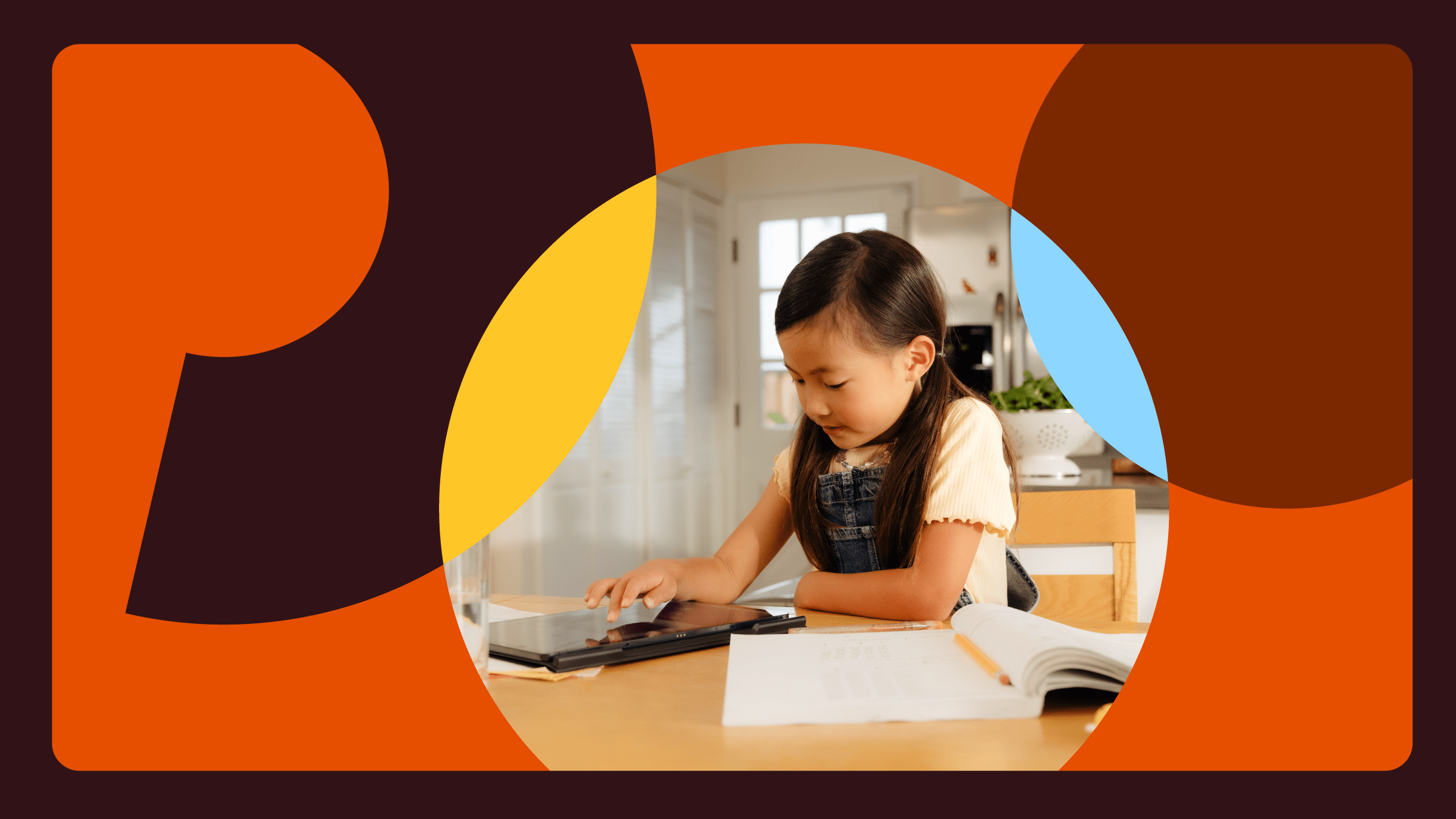When Right Answers Are Wrong

When we talk about what it means to educate our students, there’s a lot of talk about twenty-first century skills; how we can’t possibly know what kinds of jobs are going to be available to our students because everything is changing so fast; and how they need to learn how to learn.
Tragically, our students still spend a lot of time worrying about getting the right answer.
They worry because they have spent their lives answering questions that have one right answer. A right answer they should know had they been paying attention. A right answer that will reward them with a quick “good job” or “A+” or mock them just as quickly with a big fat red ‘x.’
There is a simple way to break our students out of their sometimes paralyzing fear. When we make a slight shift to the way we ask questions, we can encourage students to think about the whole picture, think creatively, and ask questions of their own. We have conditioned students to expect questions to have quick and easy answers; if we regularly ask questions in an open way, students will come to expect that a question requires unpacking, deep thinking, and trial and error.
How to ask
For example, if I ask this kind of question, students start to panic.

I actually asked this question to science teachers-in-training and they started whispering to each other about what was happening in the picture so they could be sure to select the right answer. In many situations, this would be considered cheating, but students want to make sure they are reading the question the right way. When we see a multiple choice question, we are especially conditioned to look for the right answer and begin to worry when there is ambiguity.
Luckily, the instinct to start asking questions is exactly what we want to harness. When we face a problem in the world, the scope of the problem isn’t often neatly packaged for us. We have to uncover the nuances of the problem before we can start to construct a solution.
So maybe we can get students thinking about the physics of this situation by asking the question in another way.

We could start by asking students just to explore the possibilities of what’s happening here. Maybe some think the person just dropped the ball, while others think the ball is bouncing upward. Either way, this is a question every single student in the class can answer without fear of getting the right answer. Now, from the very beginning of the lesson, students are thinking critically about the problem.

Once students have unpacked what’s happening, we can have them draw the possible forces or ask them how many forces they think might be acting on the ball.
What started as a closed question about forces, one intending to elicit a specific correct response from students, is now an open-ended question that leaves room for every student to think critically about the problem.
When we present students with open-ended questions, they learn how to tackle problems with curiosity and creativity. When we present them with closed questions day after day, they learn how to memorize, game, and get quick rewards.

.png)

